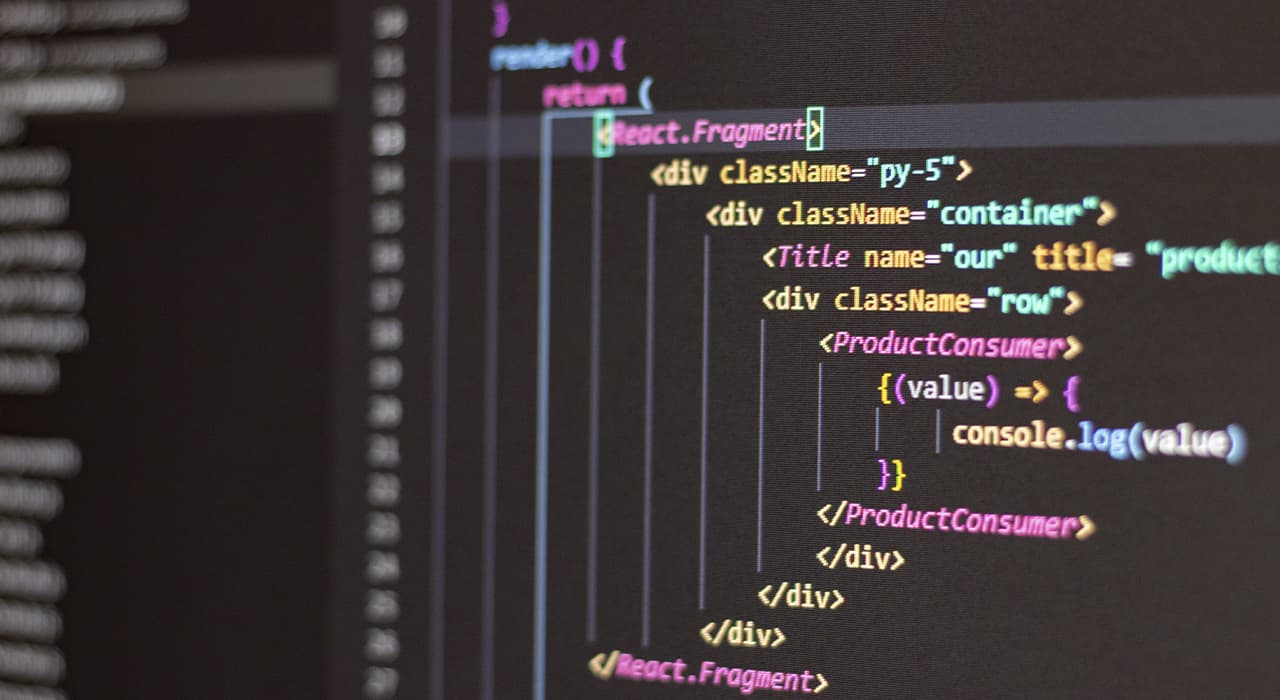|Dilawar Ali Shariq

As the field of web development continues to evolve,
front-end developers find themselves grappling with many
tools and technologies to create seamless and
interactive user experiences. JavaScript libraries play
a crucial role in simplifying development tasks and
enhancing productivity. Let’s explore 10 essential
JavaScript libraries that every front-end developer
should know.
- React.js: React.js, developed by Facebook, has become a cornerstone in modern web development. It's a declarative, efficient, and flexible JavaScript library for building user interfaces. With a component-based architecture, React makes it easier to manage and update complex UIs, enabling developers to create reusable components and maintain a clear separation of concerns.
- Vue.js: Vue.js is another popular JavaScript framework for building user interfaces. Known for its simplicity and flexibility, Vue.js is often considered a progressive framework, allowing developers to adopt it incrementally. Vue.js provides reactive data binding and a component-based architecture, making it a powerful choice for creating modern and dynamic web applications.
- Angular: Developed and maintained by Google, Angular is a comprehensive front-end framework that provides a full-fledged solution for building large-scale, feature-rich applications. It utilizes TypeScript and employs a modular architecture, making it suitable for both small projects and enterprise-level applications. Angular offers a robust set of tools for routing, forms, and state management.
- jQuery: Despite the rise of modern frameworks, jQuery remains a valuable library for simplifying DOM manipulation and event handling. It provides a concise and cross-browser-compatible syntax, allowing developers to write less code while achieving more. jQuery is especially useful for projects with a focus on compatibility with older browsers.
- D3.js: Data visualization is a crucial aspect of many web applications, and D3.js excels in this domain. D3.js is a powerful library for creating dynamic and interactive data visualizations in the browser. It leverages SVG, HTML, and CSS to produce stunning charts, graphs, and maps. D3.js is highly customizable and provides a wealth of features for handling data-driven documents.
- Redux: Redux is a state management library commonly used with React.js applications. It helps manage the state of an application in a predictable and centralized manner, making it easier to debug and maintain complex application states. Redux follows a unidirectional data flow, enabling developers to create scalable and maintainable applications.
- Three.js: For developers working with 3D graphics and animations, Three.js is a go-to library. It simplifies the process of creating 3D scenes and animations in the browser using WebGL. Three.js abstracts away much of the complexity of WebGL, allowing developers to focus on building immersive and visually appealing 3D experiences.
- Lodash: Lodash is a utility library that provides helpful functions for common programming tasks. It simplifies tasks like array manipulation, object iteration, and functional programming. Lodash enhances code readability and performance, making it a valuable addition to any JavaScript project.
- Axios: When it comes to making HTTP requests in JavaScript applications, Axios is a popular choice. It is a promise-based HTTP client that simplifies the process of sending asynchronous requests and handling responses. Axios supports features like request and response interception, making it a versatile library for managing network requests.
- TweenMax: Animation is a key element in creating engaging user interfaces, and TweenMax makes it easier to achieve smooth and sophisticated animations. TweenMax is part of the GreenSock Animation Platform (GSAP) and provides a robust set of tools for creating complex animations with ease. It supports various easing functions, timelines, and even allows developers to create physics-based animations.
Conclusion:
Staying abreast of the latest JavaScript libraries is crucial for front-end developers aiming to build modern, efficient, and feature-rich web applications. The libraries mentioned in this post cover a range of functionalities, from UI development to data visualization and animation. By incorporating these libraries into their toolkit, developers can streamline their workflows, enhance the user experience, and stay competitive in the ever-evolving landscape of web development.

